Terminalia chebula RETZ. & WILLD |
| |
|
|
Botanical Name |
: |
Terminalia chebula RETZ. & WILLD |
English
Name |
: |
Black or Chebulic Myrobalan |
Synonym(s) |
: |
Myrobalanus chebula (Retz.) Gaertn. |
Family |
: |
Combretaceae |
| |
General Info
| Description |
 |
|
It is a tree with a rounded crown and spreading branches. The bark is dark-brown, often longitudinally cracked; the leaves are ovate or elliptic with a pair of large glands at the top of the petiole; the flowers are yellowish white, in terminal spikes; the drupes are ellipsoidal, obovoid or ovoid, yellow to orange-brown and hard when ripe, becoming 5-ribbed on drying; the seeds are hard and pale yellow. |
| Herb Effects |
 |
|
Carminative, increases the secretion of gastric juices, laxative and antispasmodic (fruit); lowers blood sugar and antiviral (flower); coagulates semen and stimulates the central nervous system (stem bark); protects the liver. |
Chemistry
| Active Ingredients |
 |
|
Arginine, ascorbic acid, asparagine, chebulin, chebulagic acid, chebulinic acid, corilagin, ellagic acid, gallic acid, pectin, shikimic acid, sorbitol, succinic acid, tannic acid, xylose (fruit); beta-sitosterol (bark); stearic, oleic, palmitic and behenic acids (oil from the kernel); linoleic acid, oleic acid (seed) |
| Chemistry
of Active Ingredients |
 |
|
|
 |
Name |
CAS# |
IUPAC Name |
Formula |
Structure |
 |
|
| Corilagin |
23094-69-1 |
Not Available |
C27H22O18 |

|
| Chebulagic acid |
Not Available |
Not Available |
C41H30O27 |
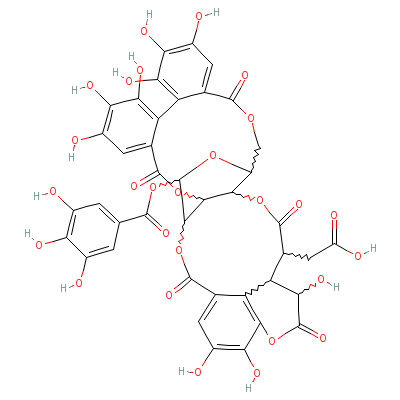
|
| Chebulinic acid |
18942-26-2 |
Not Available |
C41H32O27 |

|
| Arginine |
7004-12-8 |
2-amino-5-guanidino-
pentanoic acid |
C6H14N4O2 |
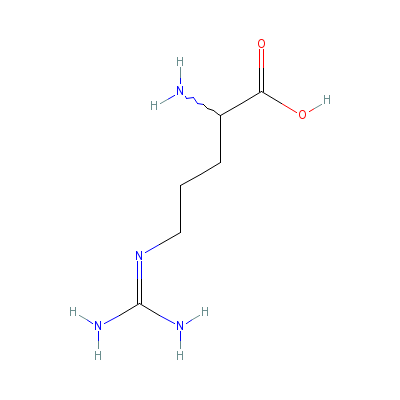
|
| Ascorbic Acid |
Not Available |
2-(1,2-dihydroxyethy
l)-4,5-dihydroxy-fur
an-3-one |
C6H8O6 |

|
| Asparagine |
2058-58-4 |
2,4-diamino-4-oxo-bu
tanoic acid |
C4H8N2O3 |

|
| Ellagic acid |
Not Available |
Not Available |
C14H6O8 |

|
| Gallic acid |
149-91-7 |
3,4,5-trihydroxybenz
oic acid |
C7H6O5 |
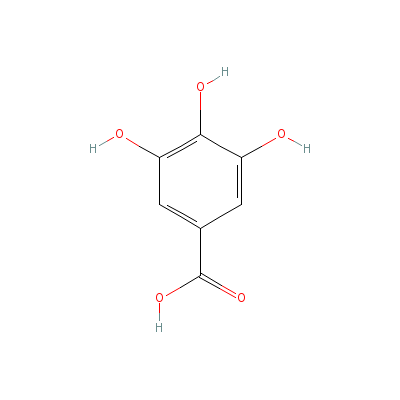
|
| Shikimic acid |
138-59-0 |
3,4,5-trihydroxycycl
ohexene-1-carboxylic
acid |
C7H10O5 |
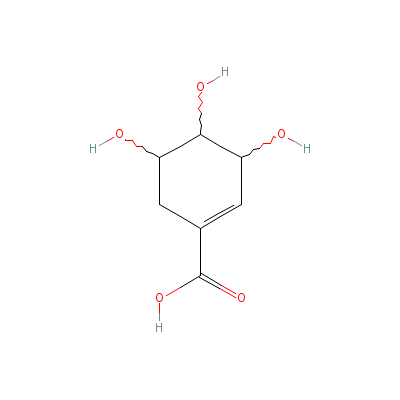
|
| Sorbitol |
98201-93-5 |
(2R,3R,4R,5S)-hexane
-1,2,3,4,5,6-hexol |
C6H14O6 |
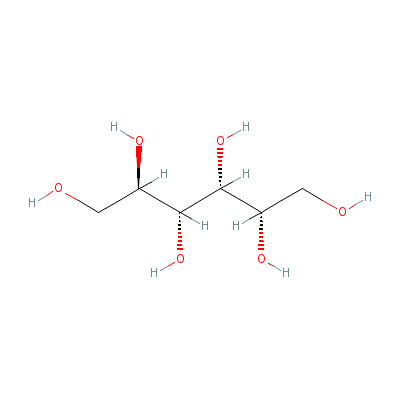
|
| Succinic acid |
6283-68-7 |
butanedioic acid |
C4H6O4 |
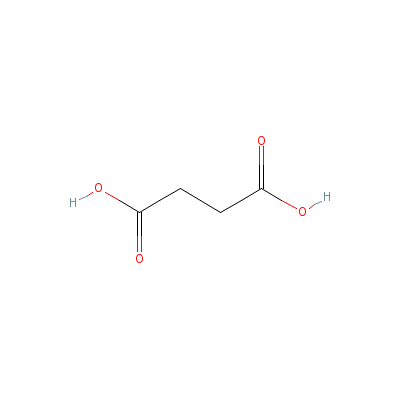
|
| Tannic acid |
1401-55-4 |
Not Available |
Not Available |

|
| Xylose |
25990-60-7 |
Oxane-2,3,4,5-tetrol |
C5H10O5 |
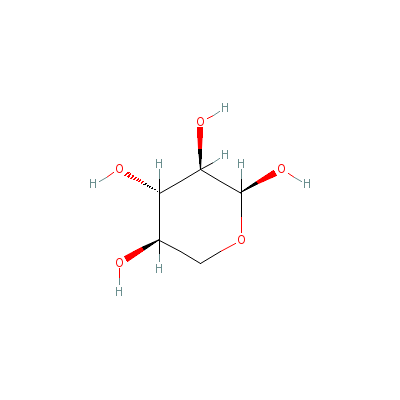
|
| Beta-sitosterol |
5779-62-4 |
17-(5-ethyl-6-methyl
-heptan-2-yl)-10,13-
dimethyl-2,3,4,7,8,9
,11,12,14,
15,16,17
-dodecahydro-1H-cycl
openta[a]phenanthren
-3-ol |
C29H50O |
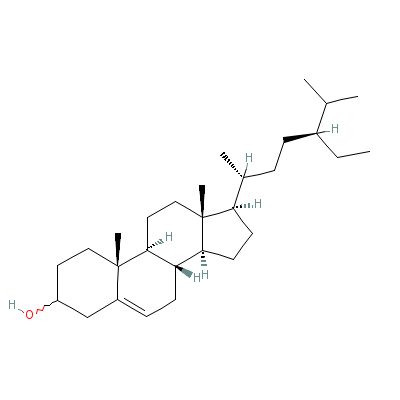
|
| Stearic acid |
82497-27-6 |
octadecanoic acid |
C18H36O2 |

|
| Oleic acid |
8046-01-3 |
octadec-9-enoic acid |
C18H34O2 |
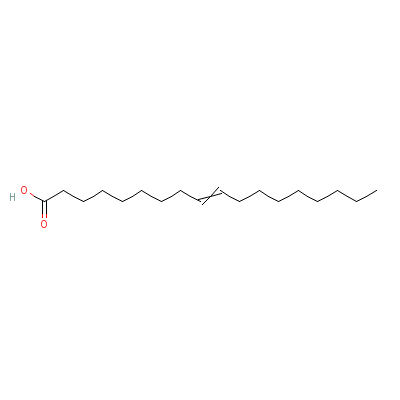
|
| Palmitic acid |
66321-94-6 |
Hexadecanoic acid |
C16H32O2 |
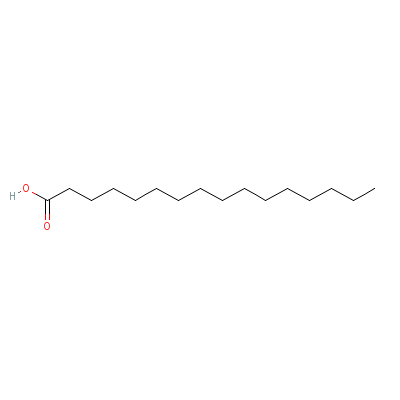
|
| Behenic acid |
7211-53-2 |
docosanoic acid |
C22H44O2 |
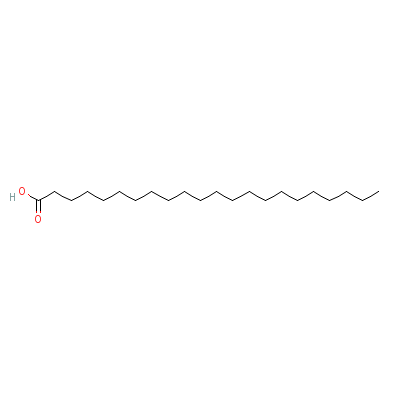
|
| Linoleic acid |
8024-22-4 |
Octadeca-9,12-dienoi
c acid |
C18H32O2 |
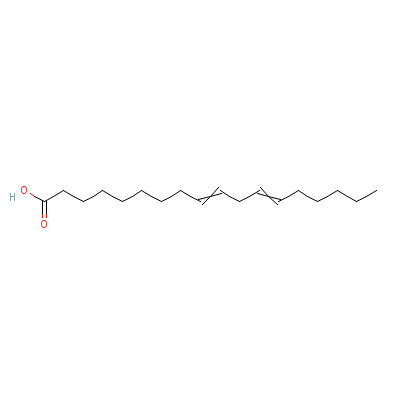
|
|
Pharmacology
| Medicinal Use |
 |
|
Stomach problems, tooth decay, hemorrhoids, external wounds, ulcers, scalds, inflammation of the mouth mucosa, increases the secretion of gastric juices (fruit); in asthma, sore throat, vomiting, sore eyes, heart diseases, hiccups, indigestion, constipation etc. |
| Contraindication |
 |
|
Not be used by those who are pregnant. Safety in young children, nursing women, or those with severe liver of kidney disease is not known. |
| Reference |
 |
|
 Chandel et al., Biodiversity in Medicinal and Aromatic Plants in India. Chandel et al., Biodiversity in Medicinal and Aromatic Plants in India.
Uniyal et al., The Medicinal Flora of Garhwal Himalayas.
Grieve MA, Modern Herbal 1931 (www.botanical.com).
Johnson T, CRC Ethnobotany Desk Reference. |
Dealers
Products
|
|